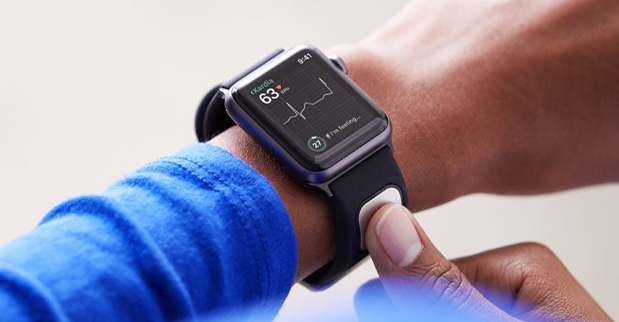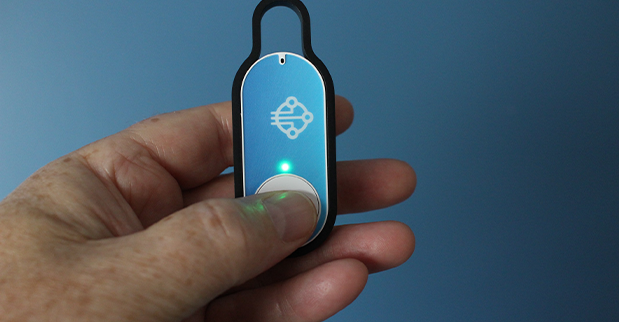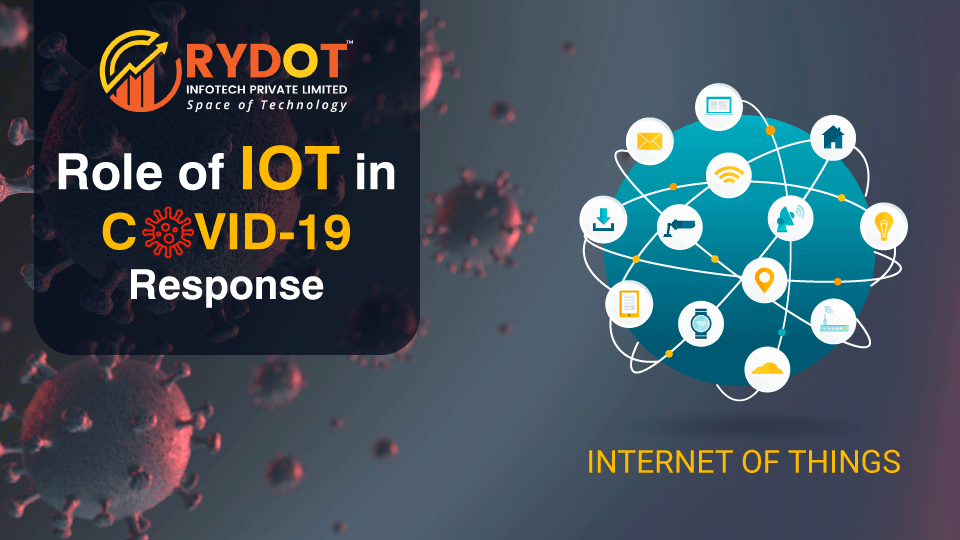![]()
Nowadays, the whole world is fighting with the same enemy and trying their level best to embrace and muster accessible resources at their disposal. By doing so, they are making every best effort to deploy avant-garde technologies such as IoT and AI to mitigate the effects of coronavirus pandemic and profile people at risk. Due to this, in 2019, the IoT market which was worth $150 million is predicted to grow to $243 billion by 2021, at a yearly CAGR of 13.7% during the estimated period.
The healthcare is evolving with new trends such as Internet of Things development services. This blog speaks about how IoT can help us in a COVID-19 response – in which long-drawn-out social distancing is important to maintain. Also, this article will let you know what type of technology we should bet on to get back to our normal life and make us ready for a future pandemic.
So, without further ado, let us understand how the novel coronavirus pandemic has completely changed our perception of IoT and how this cutting-edge technology is helping us in fighting this battle.
1. Tracking the COVID-19 Pandemic & Quarantine
The first and the most important step to restrain the spread of COVID-19 is the effectual quarantine of infected and professed to be infected people. However, it is becoming next-to-impossible in today’s global world. That is the reason a lot of countries are started using IoT and GPS enabled apps to track and when it is required to restrict such people’s movement.
As per the study done by MIT, using GIS systems on IoT mobile data, epidemiologists can easily discover people who have come across the infected people. This technology can also become a helping hand in keeping an eye on patients who are at high risk and can give valuable data to the healthcare personnel.
2. Reducing In-home Infections
Due to this global pandemic, these days, people have become more conscious. So, they are avoiding touching vulnerable surfaces such as light switches, doorknobs, and so on. If they have ordered something online then once the delivery person comes to deliver their package people are using IoT enabled smart devices such as smart speakers, lights, security systems to open doors and switch on lights. As per the recent survey, nowadays, there is a sudden increase in the purchase of IoT enabled devices such as thermostats and doorbells from 42% and 39% correspondingly.
Also Read: How IoT Can Help to Fight Against Coronavirus Outbreak
3. Smart Wearable

If you want to stay safe during this difficult disease time, then maintaining social distancing is extremely important. With this aim, researchers at IIT – Istituto Italiano di Tecnologia have developed a suit that is sensorized. This suit can monitor human body temperature and when it goes beyond 37.5 degrees, it sends alert to the user. Also, this band releases radio signals through which when 2 smart bands are in proximity, they emit an alert signal. This signal helps people in maintaining social distance.
4. IoT Buttons

Recently, Visionstate has designed and developed its first IoT button that is being used by hospitals in Vancouver, Canada. This button is called Wanda QuickTouch. Whenever any need for cleaning and maintenance issues arise that can impact public safety and put their health on risk, this device sends alert to management. This button assists facility managers to track alerts and staff response time at the same time observing routine clean-up activities in the high-traffic areas. These IoT buttons are battery operated and without human intervention connect to the LTE-M network. The IoT button can be used in restrooms, patient rooms, nursing stations, or common areas.
5. Connected Thermometers

These days, connected thermometers are being used by hospitals to screen their patients and staff. This device is manufactured by California based health startup – VivaLNK’s. This connected thermometer gives constant, real-time change in body temperature and notify about it. Using it, healthcare professionals can continuously monitor a patient’s temperature. In India, even product expert teams have made a contactless fever detection system. This system makes use of AI-based thermal image screening to measure the skin temperature remotely of any person who is passing through the camera range. Isn’t it amazing?
Conclusion
In nutshell, IoT is a decision-making technology that helps people mitigate the risk of virus spread in real-time and prepares them to prevent and manage existing and upcoming pandemics. This deadly disease has divided companies into 2 types – those that were well-prepared to use this technology to their benefit and move forward and those that were hesitating and resisting adopting new ways of working.
Of course, companies who have not invested in research & development projects and were not ready to deal with technological innovation risk will certainly fall behind in the coming years as new companies are all set to emerge as alternatives. So, think about which side of the fence are you on?
If you are looking to stay connected using IoT, get in touch with our experts at Rydot on info@rydotinfotech.com

